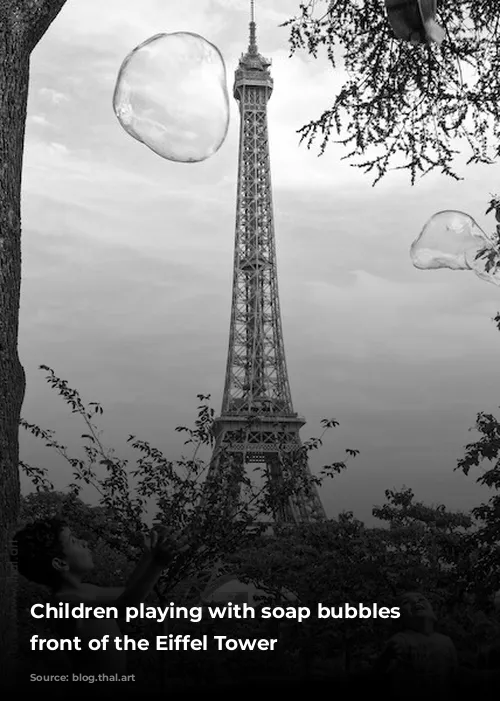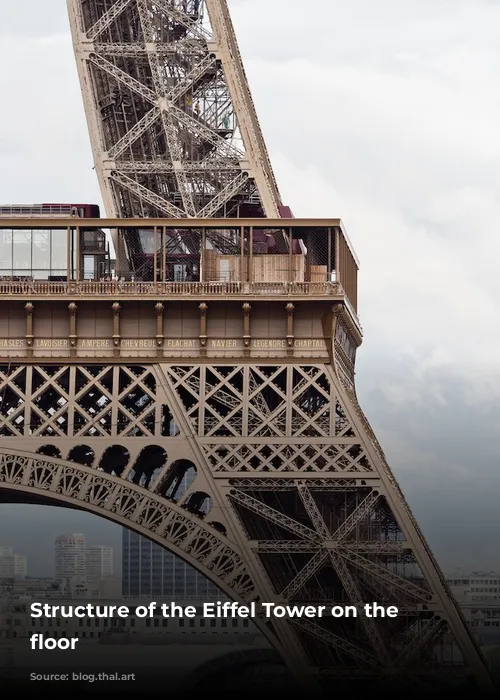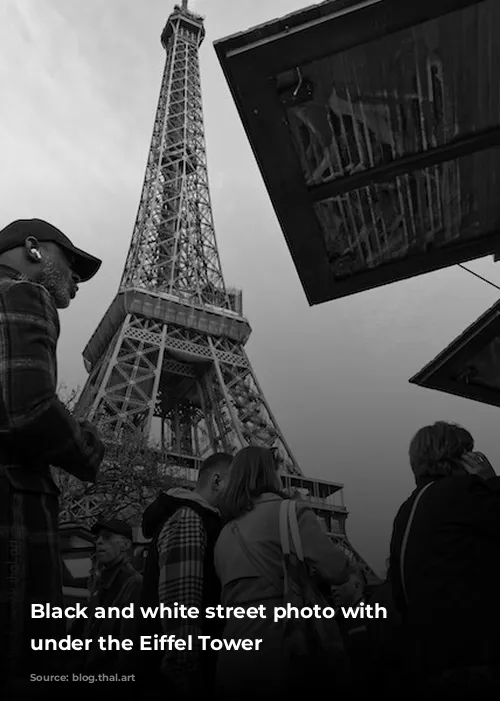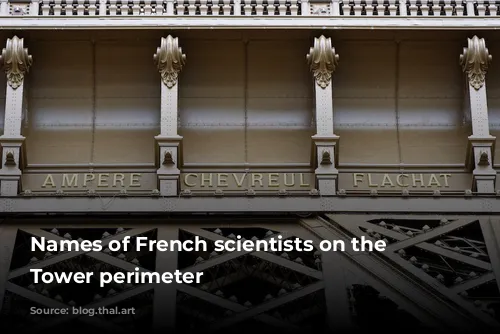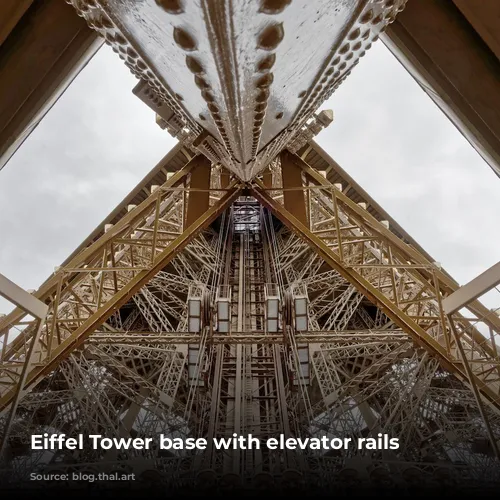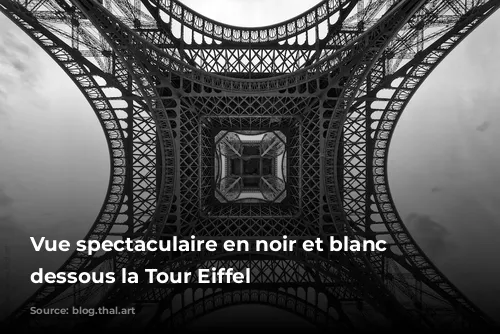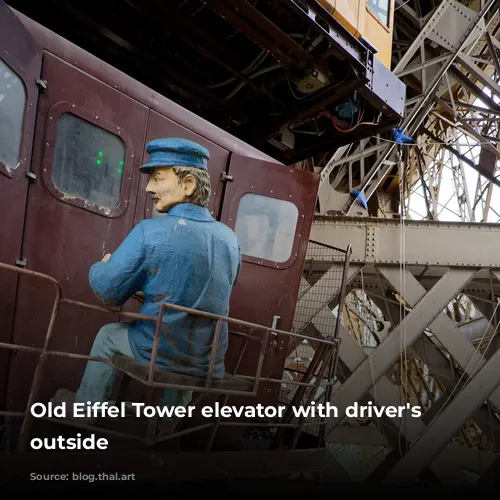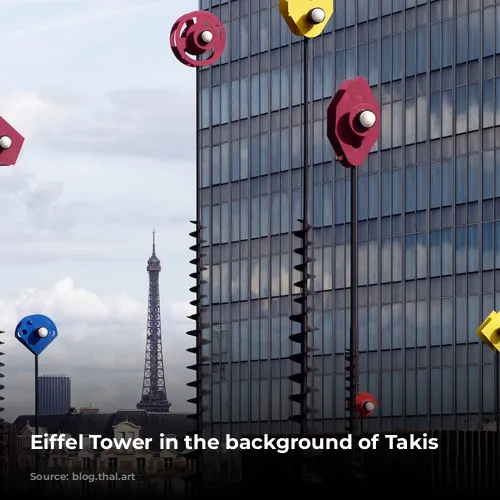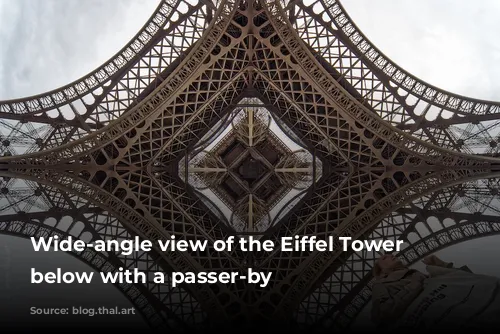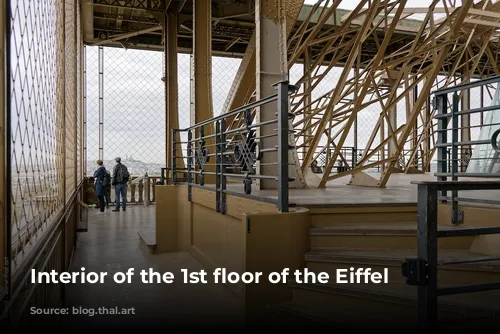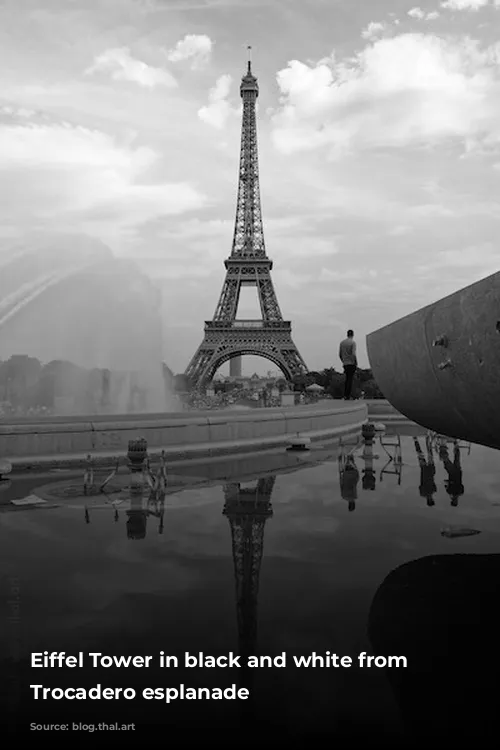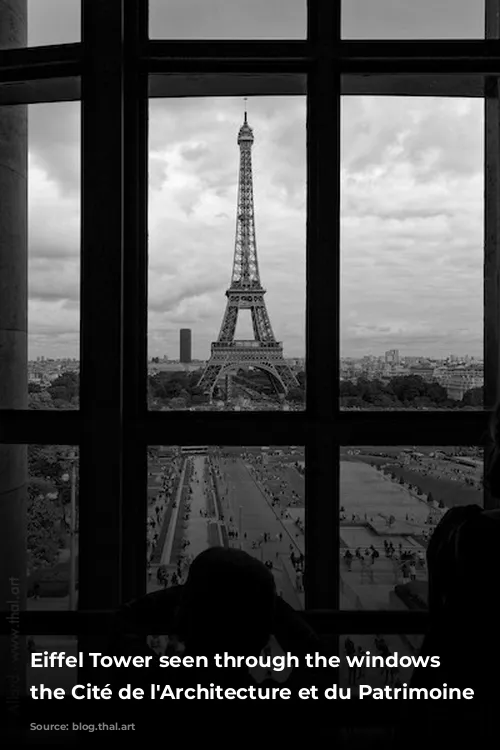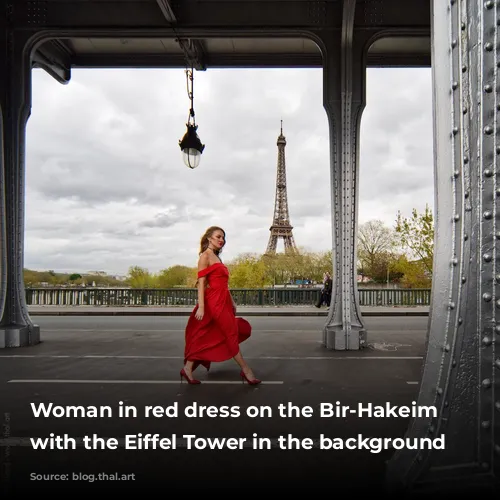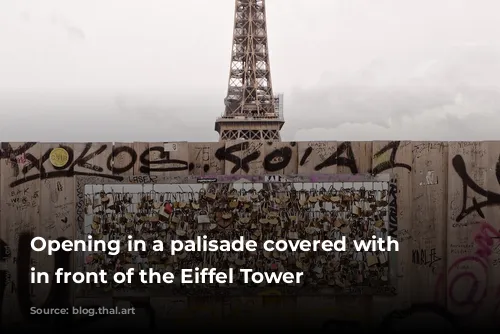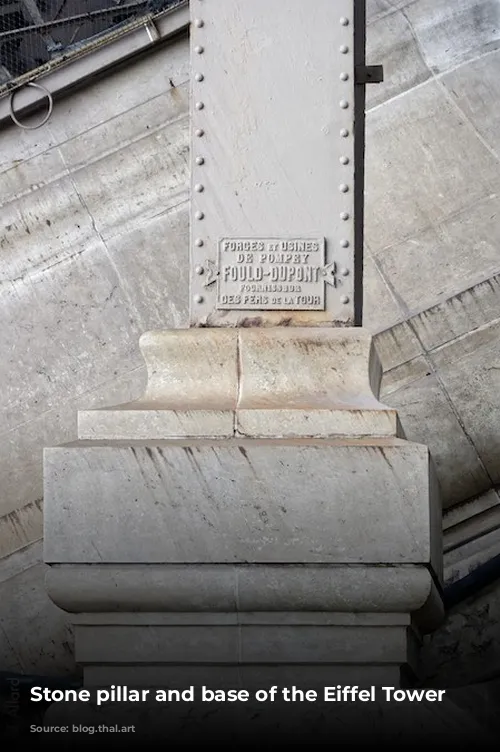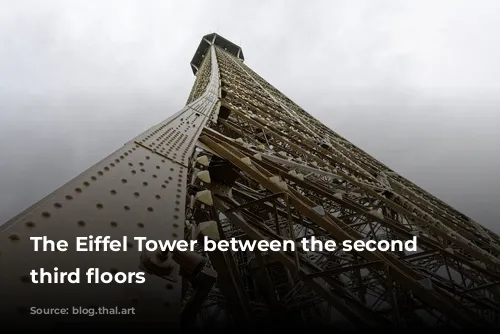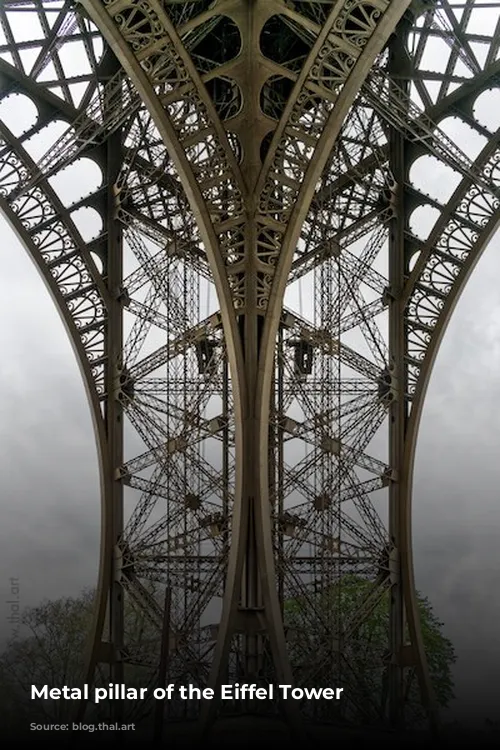The Eiffel Tower, a towering metal structure that graces the Parisian skyline, is more than just a beautiful landmark. Its history is intertwined with the city’s past, and its presence continues to enchant visitors from around the globe. It’s a story of ingenuity, controversy, and enduring beauty.
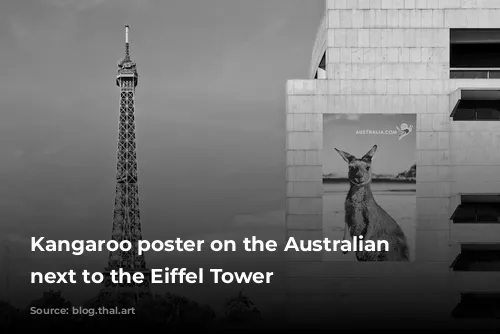
From Controversy to Icon
Imagine a 300-meter-high metal tower rising from the ground. This was the vision for the 1889 Paris World’s Fair, a celebration marking the centenary of the French Revolution. Designed by Gustave Eiffel, a renowned steel bridge engineer, the tower’s structure and pointed, arched form were a product of his assistants, Émile Nouguier and Maurice Koechlin.
The tower’s creation was met with resistance. Many Parisians criticized its design, finding it jarring against the city’s traditional architecture. They even predicted its demolition after the Universal Exhibition.
However, the Eiffel Tower defied those predictions. Its fate changed with the addition of Hertzian antennas, crucial for telecommunications during the World Wars. The tower’s vital role in wartime secured its place in the Parisian landscape.
Today, the Eiffel Tower stands as a timeless symbol of Paris. It continues to captivate, its elegant form enduring the test of time. Every seven years, a new coat of paint is applied, ensuring its continued brilliance against the Parisian sky.
The Eiffel Tower received a fresh coat of paint in 2024, restoring its original 1907 golden brown hue. This coincided with the Paris Olympic Games, offering a dazzling backdrop for the sporting event.
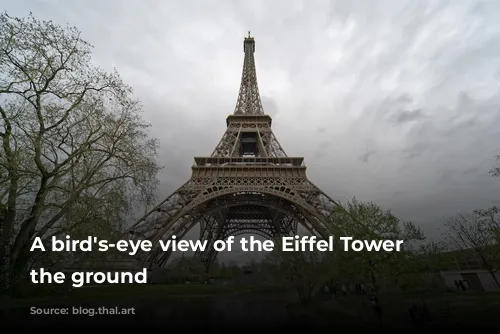
Rethinking a Familiar Icon
The Eiffel Tower is an iconic landmark, a symbol of Paris that has been captured in countless photographs and paintings. Its four identical faces make it appear the same from every angle, creating a familiar image in the collective mind.
The preparations for the Olympic Games have led to changes around the Eiffel Tower. Construction work has, in some ways, diminished its presence, and its iconic view from the Trocadero esplanade has been partially obscured.
The Eiffel Tower’s iconic status has also been challenged by other symbols. For example, Australia’s Brutalist embassy, designed by architect Harry Seidler, features a prominent kangaroo sculpture, a playful but symbolic challenge to the Parisian icon.
Finding New Perspectives
Instead of focusing on the familiar, we can explore new ways of capturing the Eiffel Tower’s beauty. Moving away from the typical tourist perspectives can lead to fresh and unique images.
A compelling vantage point is the esplanade at La Défense, a modern business district outside Paris. From here, the Eiffel Tower appears in the distance, taking on a new perspective.
The “Signaux Lumineux” sculptures by Greek artist Takis, mounted on metal posts, create a symbolic dialogue with the Eiffel Tower. These sculptures echo the tower’s role as a beacon, a guiding light on the Parisian skyline.
Street photography offers another opportunity to capture the Eiffel Tower’s presence. The bustling streets around the tower, filled with tourists and passers-by, provide a vibrant backdrop for images.
The Bir-Hakeim bridge, with its riveted metal structure reminiscent of the Eiffel Tower, is another popular photo spot. Its “Instagramable” appeal draws social media influencers and budding videographers, creating dynamic scenes with the tower in the background.
One of the most classic views of the Eiffel Tower can be captured from the Trocadero esplanade or the nearby museums. This elevated perspective allows you to capture the tower in its entirety, integrating the surrounding streets and crowds.
Another popular spot is the cul-de-sac street near the Palais du Trocadéro. This elevated street offers a unique angle on the tower, capturing its majestic presence against the Parisian sky.
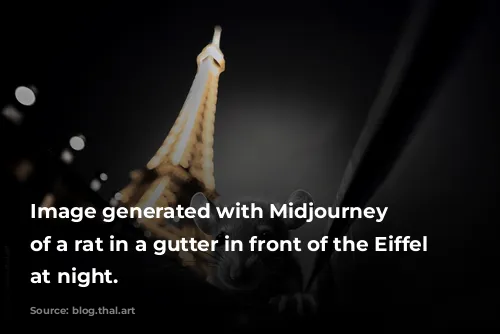
Exploring the Eiffel Tower
The Eiffel Tower remains a captivating destination for tourists. It’s open throughout the Olympic and Paralympic Games, offering visitors the chance to explore this iconic landmark.
A visit to the Eiffel Tower garden is free. While there’s a queue for security checks, the experience is worth it. The garden provides a beautiful perspective on the tower, surrounded by lush greenery.
The underside of the tower is also accessible to visitors. Here, you can admire the intricate metal structure up close, a testament to the engineering prowess of Gustave Eiffel.
Reaching the top of the Eiffel Tower is an unforgettable experience. Visitors can choose from different options:
- Elevators: The most expensive option, offering direct access to the top.
- Combination of elevator and stairs: Take the elevator to the second floor, then walk to the top (a more affordable option).
- Stairs only: A challenging but rewarding option, offering a unique perspective on the structure.
During peak seasons, like the Olympic Games, it’s essential to book tickets in advance. This ensures that you don’t miss out on the chance to experience this iconic structure.
The view from the first two floors of the Eiffel Tower is breathtaking. You’ll enjoy panoramic views of Paris, stretching out before you in all directions.
A visit to the Eiffel Tower wouldn’t be complete without exploring its restaurants. The Jules Verne, a Michelin-starred restaurant located on the second floor, offers a truly unforgettable dining experience with stunning views of the city.
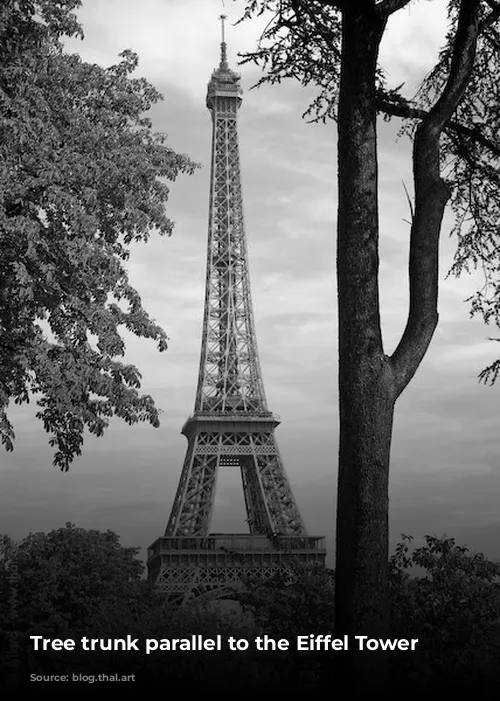
The Eiffel Tower: A Symbol of Innovation and Enduring Charm
The Eiffel Tower is more than just a landmark; it’s a testament to human ingenuity and a source of enduring fascination. From its controversial beginnings to its iconic status, the tower has become a symbol of Paris and France.
Its structure, design, and the innovative engineering that went into its construction continue to inspire awe and wonder. The Eiffel Tower is a reminder of the power of human creativity and the lasting impact of a vision realized.
